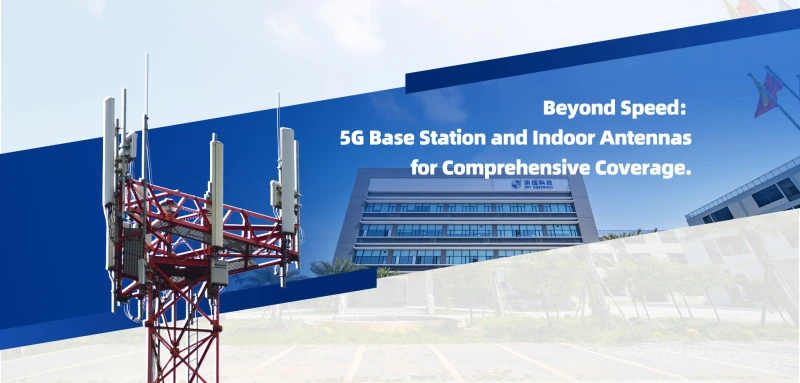
BBT ANTENNAS INC
- Home
-
product
Sector 698-6000MHz
Omni 617-6000MHz
Dish 617-6000MHz
Yagi 698-4200MHz
5G CPE / Panel
RET ANT 698-3800MHz
Ceiling 330-6000MHz
Directional 330-6000MHz
LPDA 617-6000MHz
Near field
UHF panel
PCB ANT
AIO Reader
Mat ANT
Customized
MiMo Sector 2100-7200Mhz
Horn 4900-7125MHz
Omni 2400-7125MHz
Dish 2400-6400MHz
Panel 2400-7125MHz
CPE 2400-7125MHz
WiFi7 4900-7200MHz
6G 5850-7125MHz
5G/ 4G/ LTE 617-6000MHz
5G/WiMax 3300-3800 MHz
WiFi6 dish 2.4G-5.8G
6G/WiFi7 4900-7200MHz
Sector 330-960MHz
Omni 330-960MHz
TVWS 470-698MHz
Yagi 88-960MHz
Panel 330-960MHz
Dish 330-960MHz
Dipole Array
Car/AP/Module/Cabinet
PCB
Cable
- applications
- manufacturing
- news
- About Us
- Contact Us
English ▼


